Children’s Day—Kodomo no hi (こどもの日)—is a national holiday observed every May 5th in Japan. On this day, the Japanese decorate the house and eat special foods wishing for children’s health and happiness. In this article, we’ll share with you how you can celebrate this special occasion with your family.
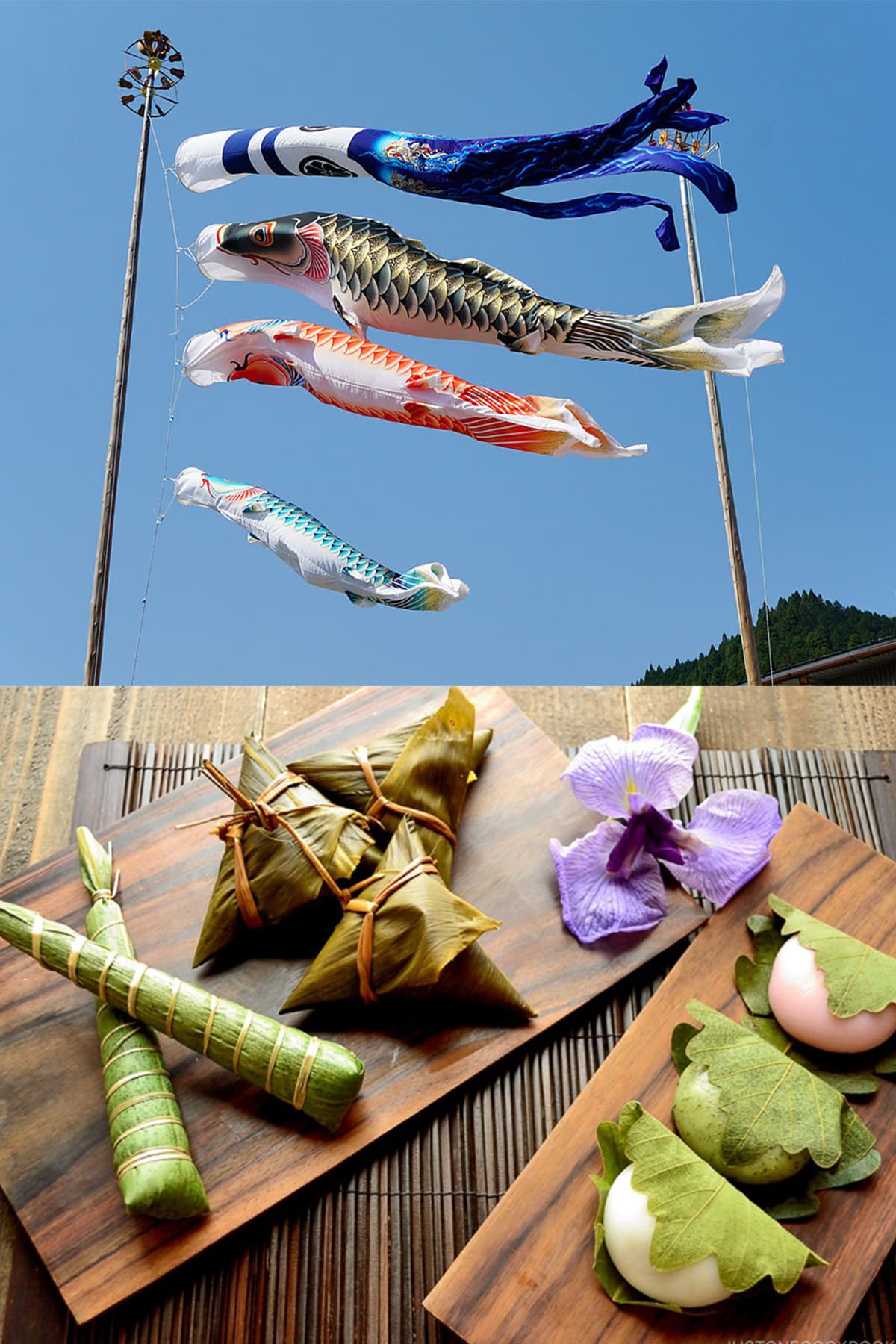
As a nation and people who cherish traditions, festivals are a Japanese way of commemorating all things that hold a special place in our lives. Soon after Hinamatsuri (Girl’s Day) on March 3rd, we transition quickly to Golden Week—and that leads us to Children’s Day, a day of celebration in Japan since ancient times.
That’s right, Children’s Day or Kodomo no hi (こどもの日) is on May 5 in Japan. On this national holiday, Japanese families come together to honor children for their individual strengths and to pray for health and happiness upon them.
Walking on the streets in Japan, you’ve probably spotted colorful fish-shaped flags flying in the sky from the balconies of residential houses. Let’s learn more about this festival and how you can celebrate it with young children at home.
Table of contents
The History of Children’s Day in Japan
The origin of Children’s Day in Japan dates back to the Nara Period (AD 710 to 794) when it was first known as Tango no Sekku (端午の節句)—which usually translated to Boys’ Day. Based on the seventh sign of the Chinese zodiac, it was a day to celebrate the perseverance, strength, and well-being of boys.
After the post-war constitution in 1948, the Tango no Sekku holiday was renamed Kodomo no Hi (Children’s Day). This holiday now includes girls and celebrates the health and happiness of all children, and expresses gratitude toward mothers.
Girl’s Day or Hinamatsuri (doll festival) is observed every March 3; however, it is not considered a public holiday.
How To Celebrate Kodomo no Hi (Children’s Day)
1. Fly “Koinobori” Streamers
The Japanese families fly carp-shaped “koinobori” streamers in their houses (usually in the backyard or on the balcony). Why carp? It’s from an old Chinese story of a carp swimming up a waterfall and turning into a dragon. In Japanese folklore, the carp symbolizes determination and strength and it represents the desire for boys to become brave and strong individuals.
Each carp/streamer represents a family member. Traditionally a large black carp known as “Magoi” representing the father, flies at the top of the pole. Then a red carp “Higoi” represents the mother right below the father. Then a blue carp represents the first son, followed by other boys in the family below.
🎏 You can buy koinobori streamers on Amazon.
2. Decorate Samurai Warrior (or Kintaro) Figures and/or “Kabuto” Helmet
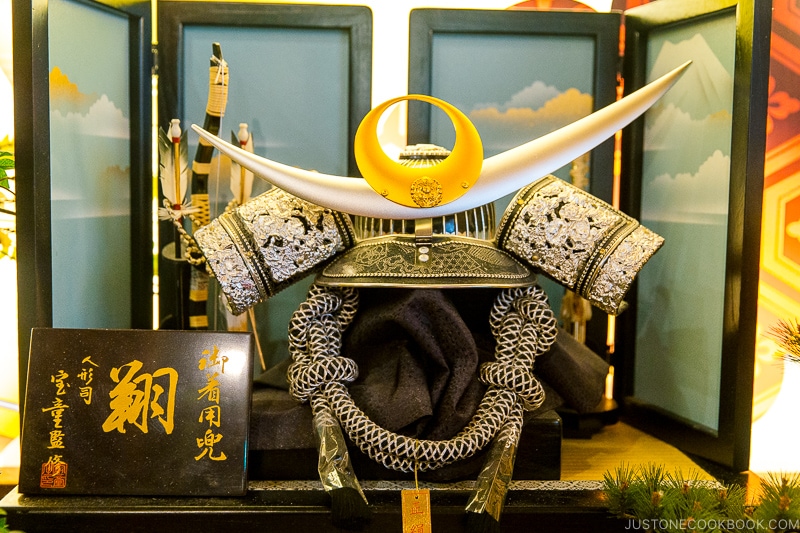
When a boy is born, his parents or grandparents usually buy (or pass down) their son/grandson Kabuto, samurai helmet, or/and Gogatsu Ningyo (samurai or Kintaro or Momotaro doll and his armaments). The Japanese families displayed them within their homes to inspire strength and bravery from the beginning of April until mid-May.
3. Eat Chimaki or Kashiwamochi
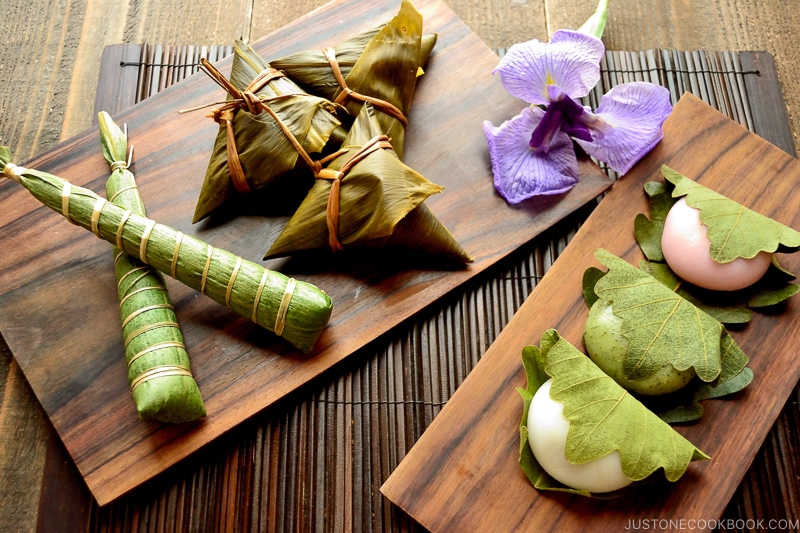
On Children’s Day, the Japanese in Kanto (Tokyo area) eat Kashiwa Mochi (柏餅), and the Japanese in Kansai (Osaka area) eat chimaki (粽).
Kashiwa mochi is a rice cake stuffed with red bean paste and wrapped in oak leaves that symbolize good fortune and prosperity (succession to the headship of a house). This is because the oak tree does not shed its old leaves until new ones have grown.
The custom of eating chimaki, or steamed glutinous rice dumplings wrapped in a bamboo leaf, came from Chinese zongzi (粽子). The Japanese version is a sweet dessert (wagashi), but we also eat Chinese-style savory dumplings filled with different combinations of meats and vegetables.
You can find these dumplings at grocery stores and Japanese sweets stores.
4. Decorate Iris at Home and Soak in Iris Bath
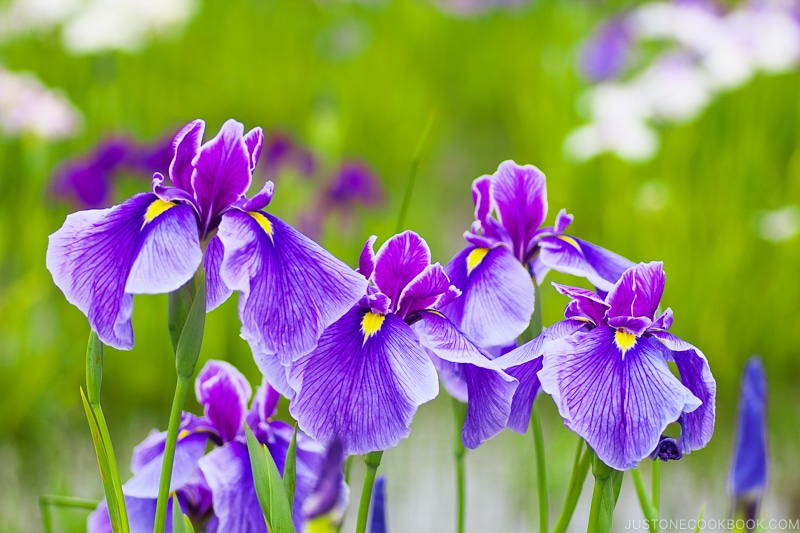
Iris blooms in early May and it’s decorated in the house to ward off evil. The Japanese also take baths filled with iris leaves on this day because the word Iris is shobu (菖蒲) in Japanese, and shobu has another meaning which is a battle. Therefore, samurai used to soak in an iris bath or shobuyu (菖蒲湯) before the battles.
Special Foods to Eat on Children’s Day
Japanese families with children usually celebrate Children’s Day at home with special dishes and home-cooked meals. Here are the recipes you can make for your children:
1. Kashiwa Mochi
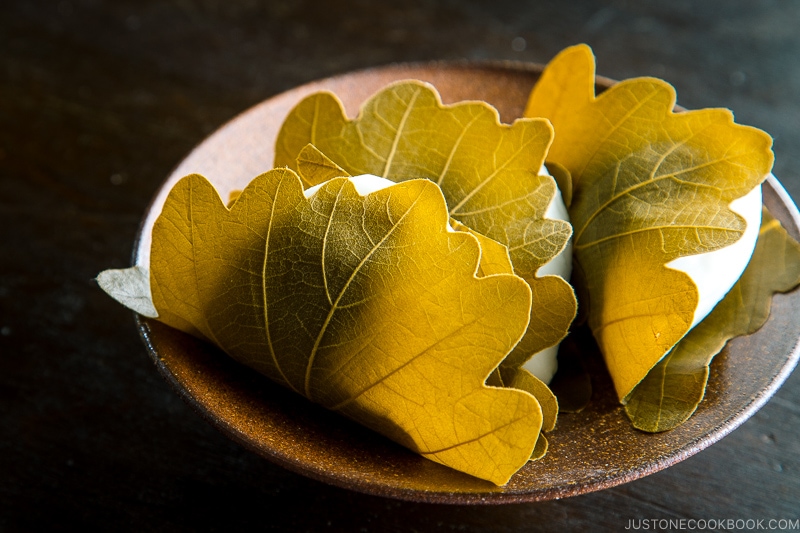
Kashiwa Mochi is a rice cake stuffed with red bean paste and wrapped in oak leaves that symbolize good fortune and prosperity. It’s a signature food that we eat on Children’s Day.
These sweet dumplings are available at grocery stores and Japanese sweets stores. If you see them at your local Japanese grocery store, don’t forget to try some as a snack!
2. Sekihan (Japanese Azuki Red Bean Rice)
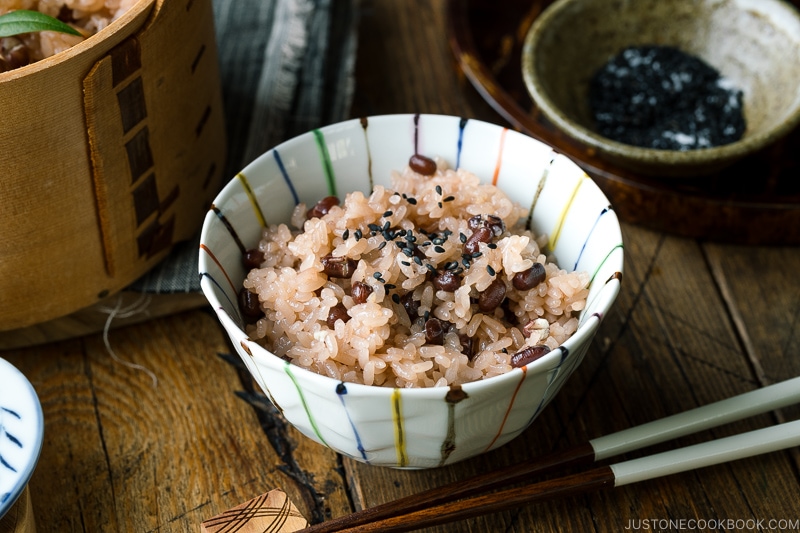
Sekihan, or steamed rice cooked with azuki red beans, is always served on happy occasions in Japan, and Children’s Day is not an exception.
3. Chirashi Sushi
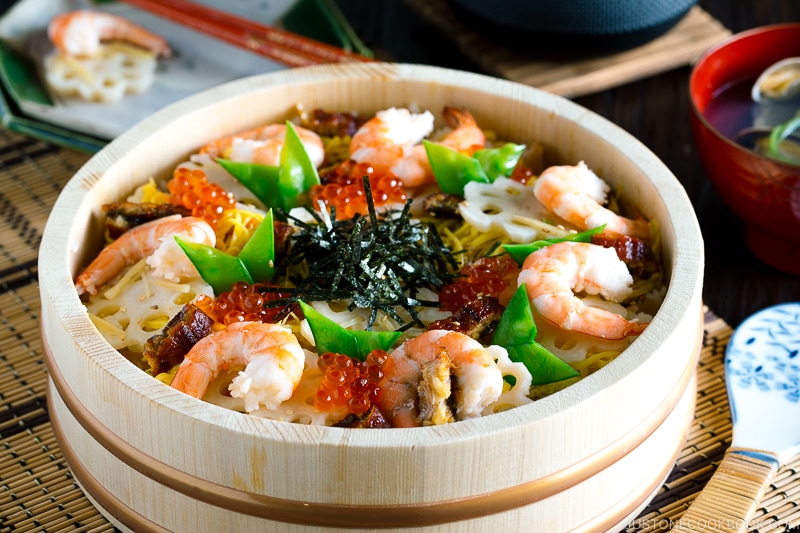
Chirashi Sushi is served on Children’s Day as well as Hinamatsuri (Girls’ Day) and other happy occasions. Children usually prefer chirashi sushi over sekihan (azuki red bean rice above) as it has more colorful ingredients on top.
4. Japanese Clear Clam Soup (Ushio-Jiru)
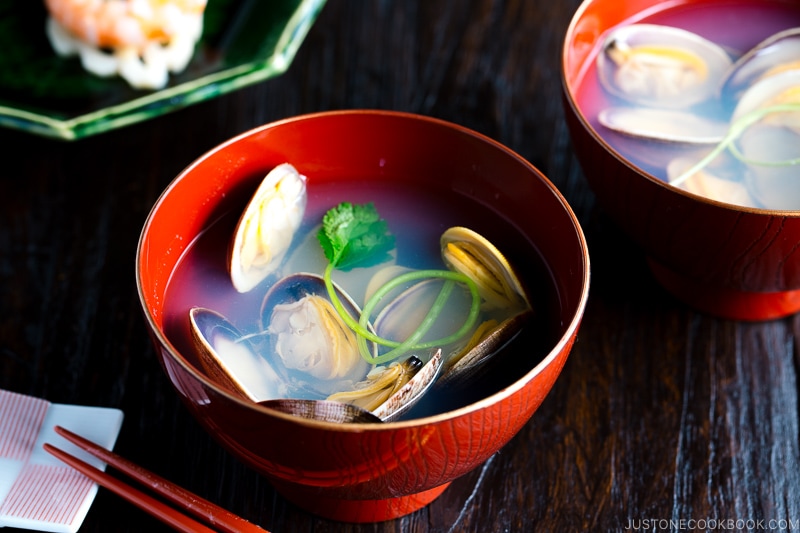
This is one of the most popular soups enjoyed in Japan! Made with seafood such as white fish or clams and seasoned with only salt and sake, it is packed with nutrients and umami. If you like miso, you can make Clam Miso Soup instead.
5. Chikuzenni (Nishime)
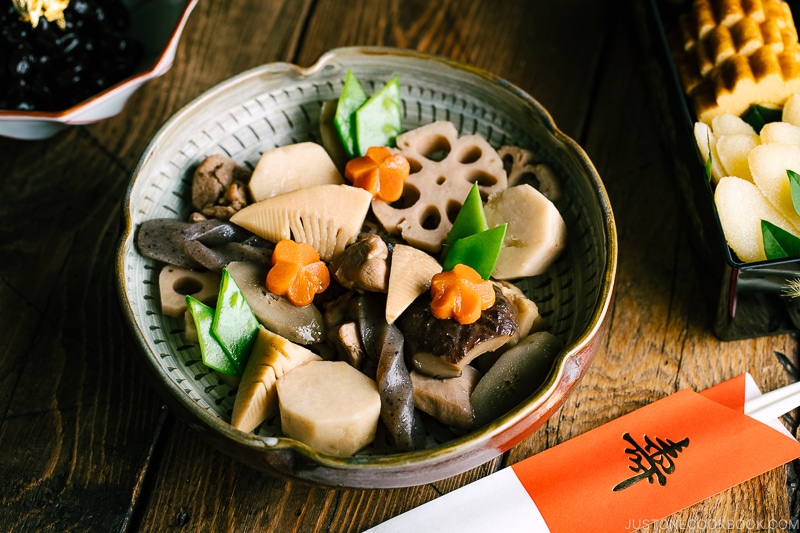
Chikuzenni or Nishime is a classic Japanese simmered dish in which root vegetables and chicken are cooked in a savory dashi broth. This can also be a side dish and you can make it ahead of time.
Staying Traditional?
Other dishes that are often served for traditional Tango no Sekku include:
- Bamboo shoot (Takenoko 筍) – Bamboo grows tall and straight, so eating bamboo symbolizes growth.
- Lotus Root (Renkon 蓮根) – Holes in lotus root are a symbol of an unobstructed view of the future.
- Red snapper (Tai 鯛) – Tai shares the same sound as medetai, or auspicious. Therefore grilled whole red snapper is served on celebratory occasions.
- Shrimp (Ebi 海老) – The red color symbolizes vitality.
- Skipjack tuna (Katsuo 鰹) – It sounds the same as Katsuo (勝男) meaning a man who won a victory.
- Yellowtail/Japanese amberjack (Buri ブリ) – Samurai and scholars used to change their names when they succeed in life. As buri also changes its name depending on its size, eating these fish symbolizes success in life.
Children-Friendly Menus…Because It’s Children’s Day!
I admit, the above dishes are more for adults and they are not necessarily children’s favorite dishes. In recent years, the Japanese started to prepare children’s favorite foods and include more colorful dishes for the celebration. So, we’ve got you covered!
6. Karaage (Japanese Fried Chicken)
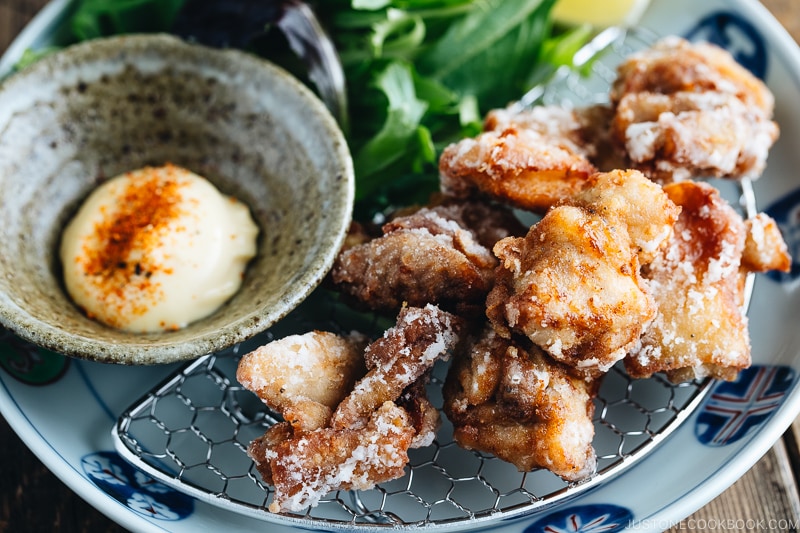
Karaage is Japanese fried chicken that is fried to perfection with a crisp texture on the outside, and super juicy and tender meat on the inside.
7. Fruit Sando
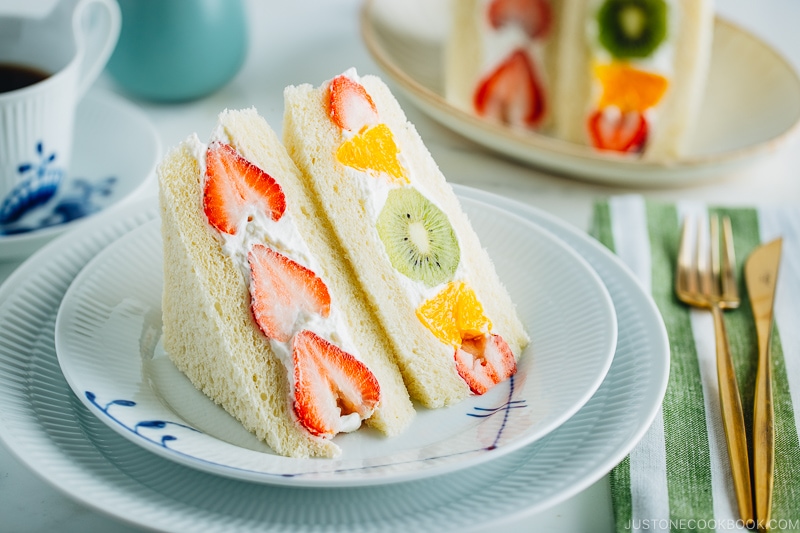
Since it’s springtime, you can also make a strawberry-filled fruit sandwich for the occasion. It’s a guaranteed hit!
8. Hambagu (Hamburger Steak)
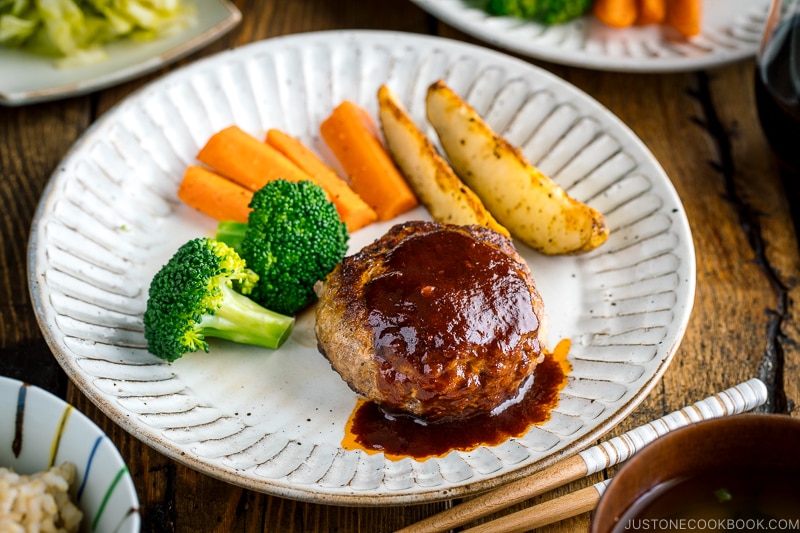
The Japanese children love Hambagu in their bento, family restaurant, and dinner menu. You can also make mini ones for a bite-size appetizer!
9. Ebi Fry (Japanese Fried Shrimp)
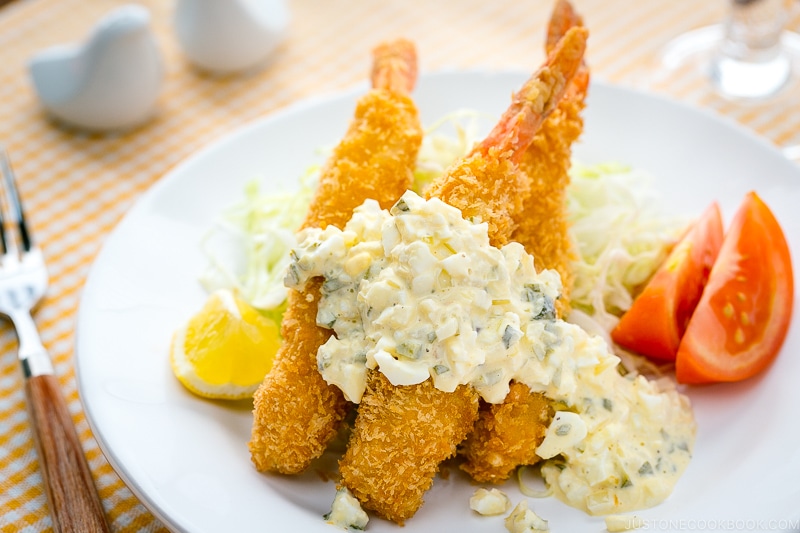
The children love shrimp, especially when it’s coated with crispy panko and deep-fried! Ebi Fry is a classic western style Japanese dish and a popular menu for Okosama Set (Children’s Meal) at family restaurants.
10. Japanese Potato Salad
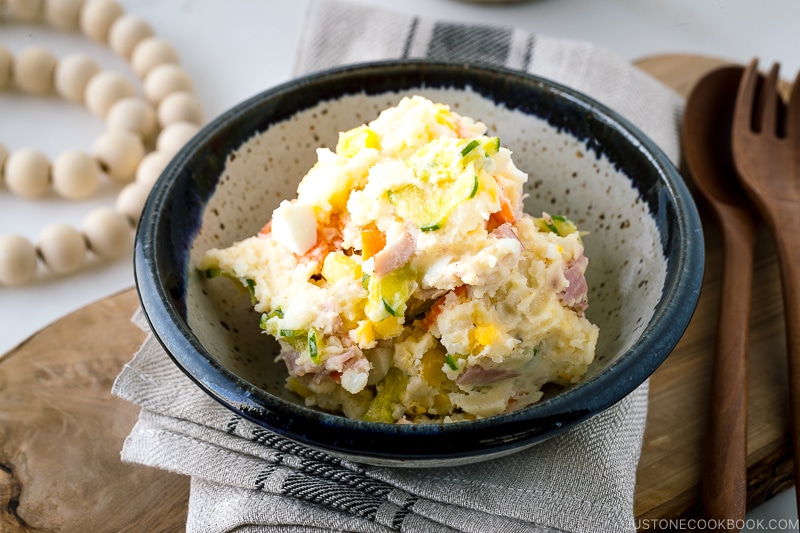
Last, but not least…I recommend a salad dish that children love in Japan. It is the popular Japanese potato salad!
For dessert, make sure to serve Kashiwa Mochi or check other dessert recipes on my blog!
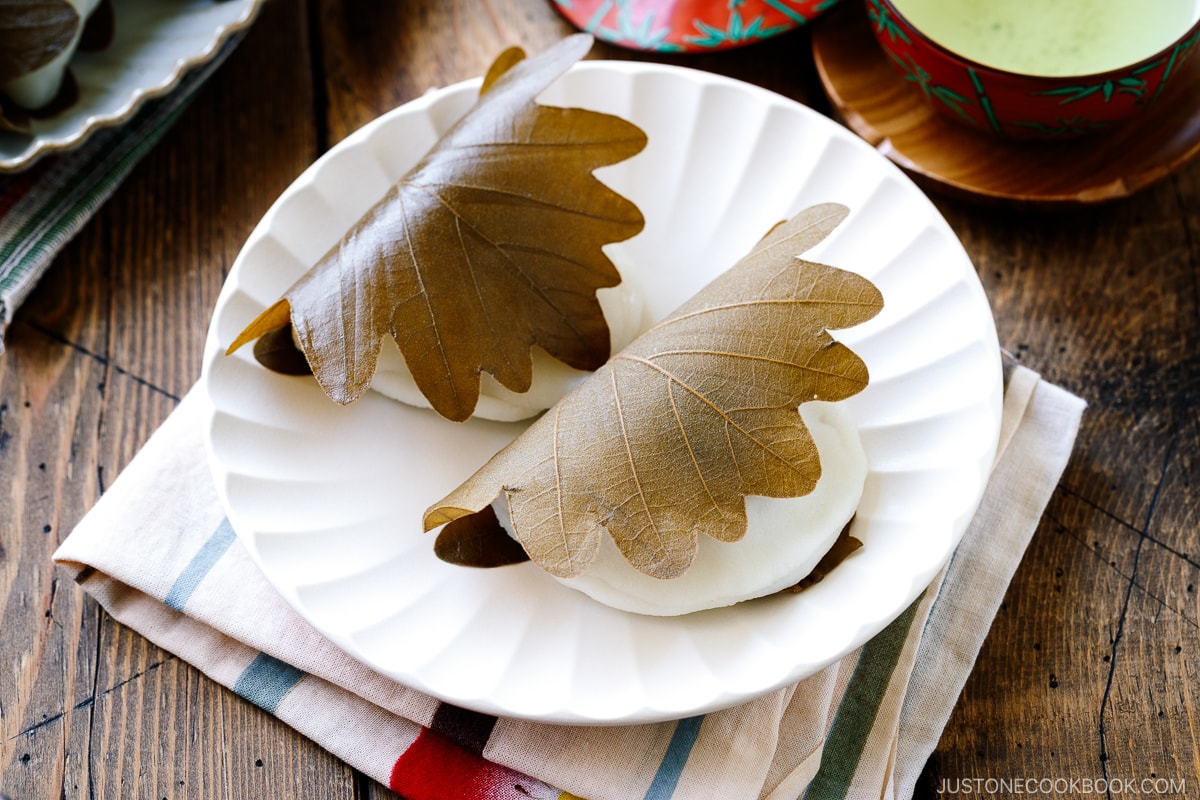
Children’s Books on Japanese Culture
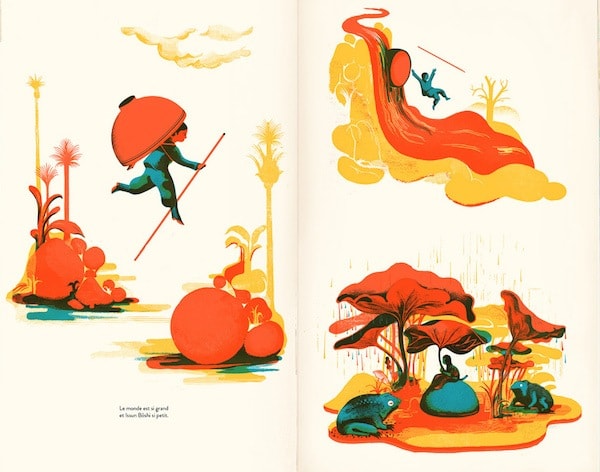
We’ve also curated a list of children’s books on Japanese culture which you can read with your little ones on this special day.
- Issun Boshi: The One-Inch Boy
- The Origami Master
- Yuko-chan and the Daruma Doll: The Adventures of a Blind Japanese Girl Who Saves Her Village
- Patience: Miyuki
- Eyes That Speak to the Stars
- The Boy from the Dragon Palace
We hope you have a fun time celebrating Japanese Children’s Day. If you grew up in Japan, what are some of your fondest memories of Children’s Day? Please share in the comments below!
Wish to learn more about Japanese cooking? Sign up for our free newsletter to receive cooking tips & recipe updates! And stay in touch with me on Facebook, Pinterest, YouTube, and Instagram.
Editor’s Note: The post was originally published on April 29, 2017. It was updated with more helpful content on April 28, 2024.











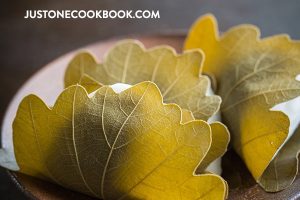
I loved going down to the river and flying kites after helping my mom hang up the koinobori for my dad and brother. I don’t know how it always managed to be perfect weather for kites!
Hello, Randi! Thank you very much for reading Nami’s post and sharing your memorial experience with us.☺️
My birthday is May 5th. I was the second child and my parents already had a daughter. I’m sure when my Japanese mother went into labor they were sure I was going to be a boy but…surprise! Another girl! They went on to keep trying for a son but wound up with 5 girls! I have the Hina Ningyo dolls my parents bought for my older sister as she was not as interested in them as I was. They look beautiful on my Christmas tree! They are now 70 years old!
Hi Marian! Happy birthday!
Thank you so much for taking the time to read Nami’s post and share your story with us! The Hina Ningyo dolls must be gorgeous! 😍
[…] sixth century. It’s one of the foods eaten during the Japanese New Year feast, Hinamatsuri, Children’s Day, and Mid-Autumn festival. It’s also the decoration for the Japanese New Years – Kagami […]
I love the history and explanations behind the recipes for Children’s day! Thank you! I am learning so much about the customs and why we did the things we did during childhood but never understood why!
Hi Annie! We couldn’t be happier to hear how much joy and excitement Nami’s post has brought to you!
Thank you very much for reading this post and for your kind feedback!
Do you have a recipe for roasted rice for green tea?
Also I purchased your cookbook, but do you also have a hard copy?
Thanks!
Hi Vicki, Thank you very much for purchasing the ebook! Our print version for that ebook is available on Amazon https://amzn.to/35Ahqge. Nami is preparing for another cookbook, so please stay tuned for the newer version too.
As for the roasted rice for green tea (Genmaicha), We currently don’t have the recipe on our site. We’ll make sure to add the recipe to Nami’s list. Thanks for your request!
Since there’s also a “girl’s day” in Japan, why does the day have to be Children’s Day? If girls get their own day, why can’t there be a day for boys?
Hi Wade! May 5 used to be referred to as Boy’s Day / Tango no Sekku. I mentioned it in the post. Girl’s Day is not national holiday. 🙂
OK thanks:) I guess I misunderstood the tradition because when I was in Japan at one time someone was celebrating Girl’s Day, but maybe it was just them. I guess mostly people just celebrate Children and celebrate both together? Thanks for clarifying.
Hi Wade! Oh no, sorry I wasn’t clear. We do have Girl’s Day which is March 3 (https://www.justonecookbook.com/hinamatsuri-girls-day-celebration/), but it’s not a national holiday. Decoration wise, for Children’s Day, we have Koi Nobori for children (male and female) but families with a boy (boys) decorate a Kabuto (nothing for girls). For Girl’s Day, families with a girl decorate Hina Ningyo dolls and nothing for boys.
So do the boys and girls both get the same amount of attention. I was wondering, because in the USA it’s considered good to give girls special treatment but very bad to treat boys specials. i think that’s sad. Was curious if it’s the same in Japan, or if boys and girls are treated as equals.
Hi Wade, well. In Japan, especially old days, boys are treated better and special because they take over the family and business (maybe similar in old America?). In modern days, they are more equally treated, but slightly boys are always treated better (at work, at home, etc).
This is true. However in the future they will treat boys and girls both wonderfully and no one will miss out. It’s true in America that boys had more opportunity, but of course also had to go to war when they grew up and that was bad. Now in America boys are falling behind in school because they don’t get as much help and attention. Maybe we are trying to over compensate.
Or more simply I mean, a family with a boy and girl, does that mean the girl gets celebrated twice (girl’s day and Children’s day) but the boy is only celebrated once (Children’s Day)? That’s what I mean.
Hmm yes that’s true. It’s celebrated on a culture level and not a personal level. So we don’t really think about why girls get to celebrate twice. We just eat specific food and wish for happiness and health. 🙂 Sorry I wish I could explain better.
OK thanks. I guess if I were the dad I would celebrate the girls on girl’s day and the boys on boys day or I would only celebrate Children’s day so both kids were treated equally special.
Hi Wade! You’ll be a good father! 🙂
Yay!! Thanks:)
Thank you so much for sharing not only delicious recipes but more importantly a glimpse into your beautiful culture. I love how Japanese culture is rich and deep in the meaning of life. I’m intrigued and inspired from the way of drinking tea (tea ceremony which is deeply rooted in zen), in the harmony of life, the respect between man and nature and even in cooking and eating… I’ve been to Japan many many times in the past 20 years for work and pleasure; by far it’s my favourite country. I look forward to learning more from you through your recipes and your family story-telling as well as your introduction to Japanese culture, traditions, history and tourist attractions. I love them all. Please keep up the great work and I wish you success, good health and happiness.
Hi Hope! Thank you os much for your kind feedback. I’m happy to hear you enjoy our contents, including recipes, culture, and travel posts! Your encouraging words inspire us to write more of these contents. Thank you!!
Thank you for all the ideas for Children’s Day. Was Children’s Day formerly known as “Boy’s Day”? I lived in Tokyo many years ago, and I remember honoring the boys in the family.
Hi Judy! Yes, that’s correct. We generally say Kodomo no Hi (Children’s Day) but for those who have a boy tend to celebrate as “Boy’s Day (or Tango no Sekku)” with all the decorations.
[…] If you are interested in learning about Boys’ Day, check out Children’s Day (Boys’ Day) & 10 Recipes to Celebrate. […]